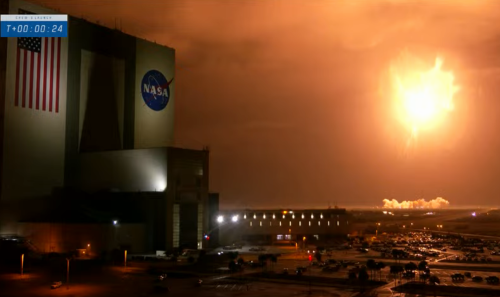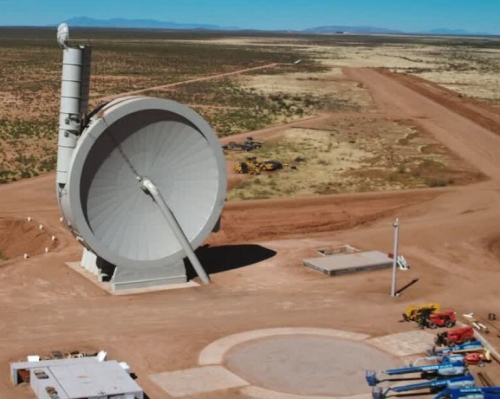SpaceX launches more Starlink satellites
SpaceX used its Falcon 9 rocket to launch another 53 Starlink satellites this morning.
The company also successfully landed its first stage.
The leaders in the 2021 launch race:
41 China
25 SpaceX
18 Russia
4 Northrop Grumman
4 ULA
4 Europe (Arianespace)
China now leads the U.S. 41 to 38 in the national rankings. For SpaceX, this launch tied its own record for the most launches in a single year by a private company.
Off caving now. I hope everyone enjoys their Saturday.
SpaceX used its Falcon 9 rocket to launch another 53 Starlink satellites this morning.
The company also successfully landed its first stage.
The leaders in the 2021 launch race:
41 China
25 SpaceX
18 Russia
4 Northrop Grumman
4 ULA
4 Europe (Arianespace)
China now leads the U.S. 41 to 38 in the national rankings. For SpaceX, this launch tied its own record for the most launches in a single year by a private company.
Off caving now. I hope everyone enjoys their Saturday.



